The Cane Corso, also known as the Italian Mastiff, is a breed of unparalleled strength and majestic stature, originally bred to guard property and hunt big game like wild boar. Today, these dogs are revered not only for their impressive physical capabilities and protective nature but also for their striking appearance, which includes a variety of beautiful coat colors. The Cane Corso is recognized by major kennel clubs and breed enthusiasts for having specific color standards, which range from traditional shades to more rare and eye-catching hues. Each color variation contributes to the breed’s formidable appearance and can influence everything from the dog’s camouflage while hunting to the aesthetic preferences of potential owners. This article explores seven stunning color variations of the Cane Corso, providing insights into how each color can reflect the dog’s personality and lineage.
1. Black
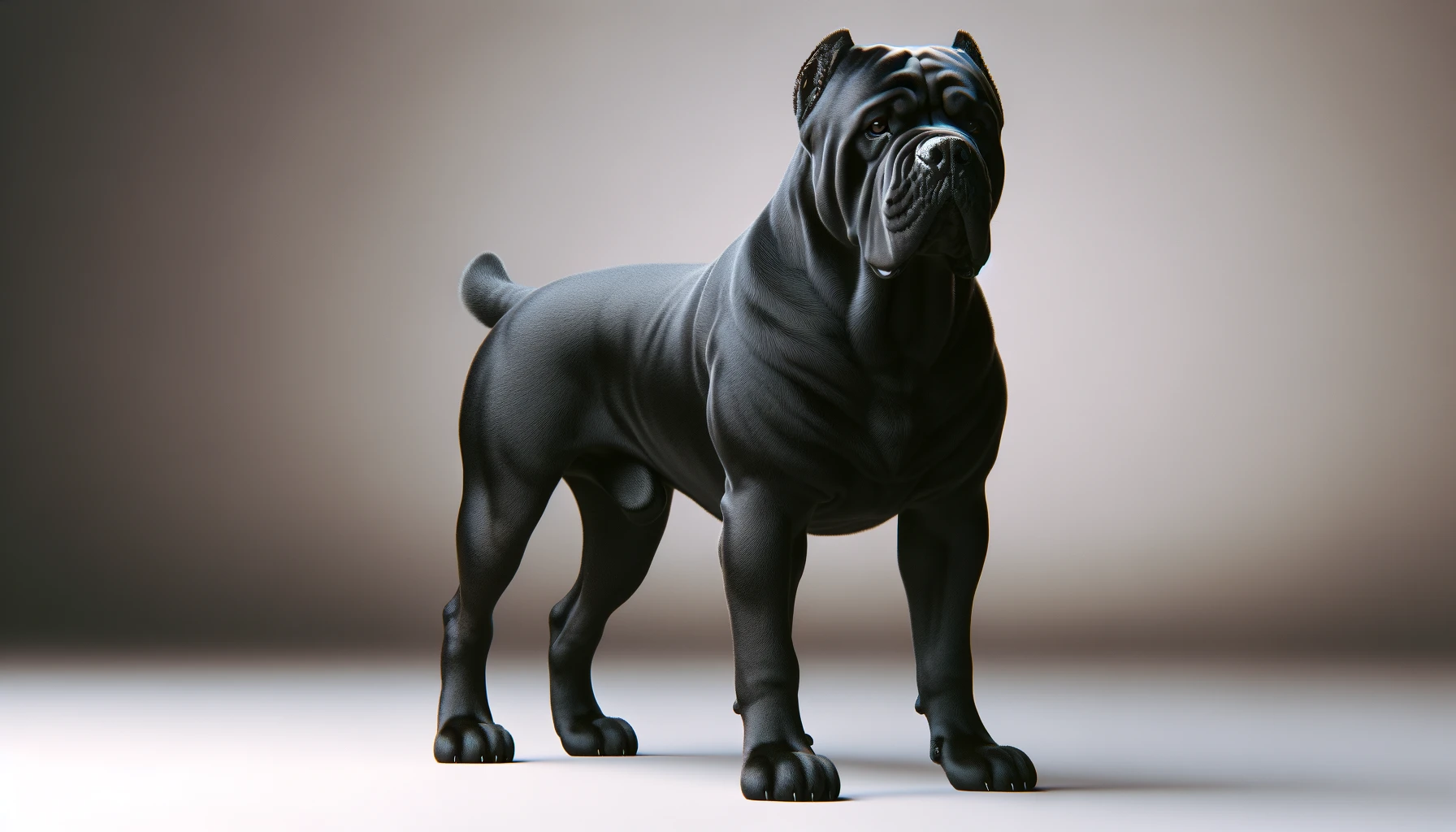
Black is one of the most common and sought-after colors in the Cane Corso breed. This solid, jet-black coat gives the dog a sleek, imposing look that enhances its natural muscular physique. The intense black color can also be advantageous for nighttime guarding as it makes the dog less visible in the dark. Black Cane Corsos often exhibit a glossy sheen that highlights their well-defined muscles and strong bone structure, making them particularly striking during dog shows or as working dogs. This color is not only popular for its aesthetic appeal but is also widely accepted in breed standards across various kennel clubs.
2. Gray (Blue)
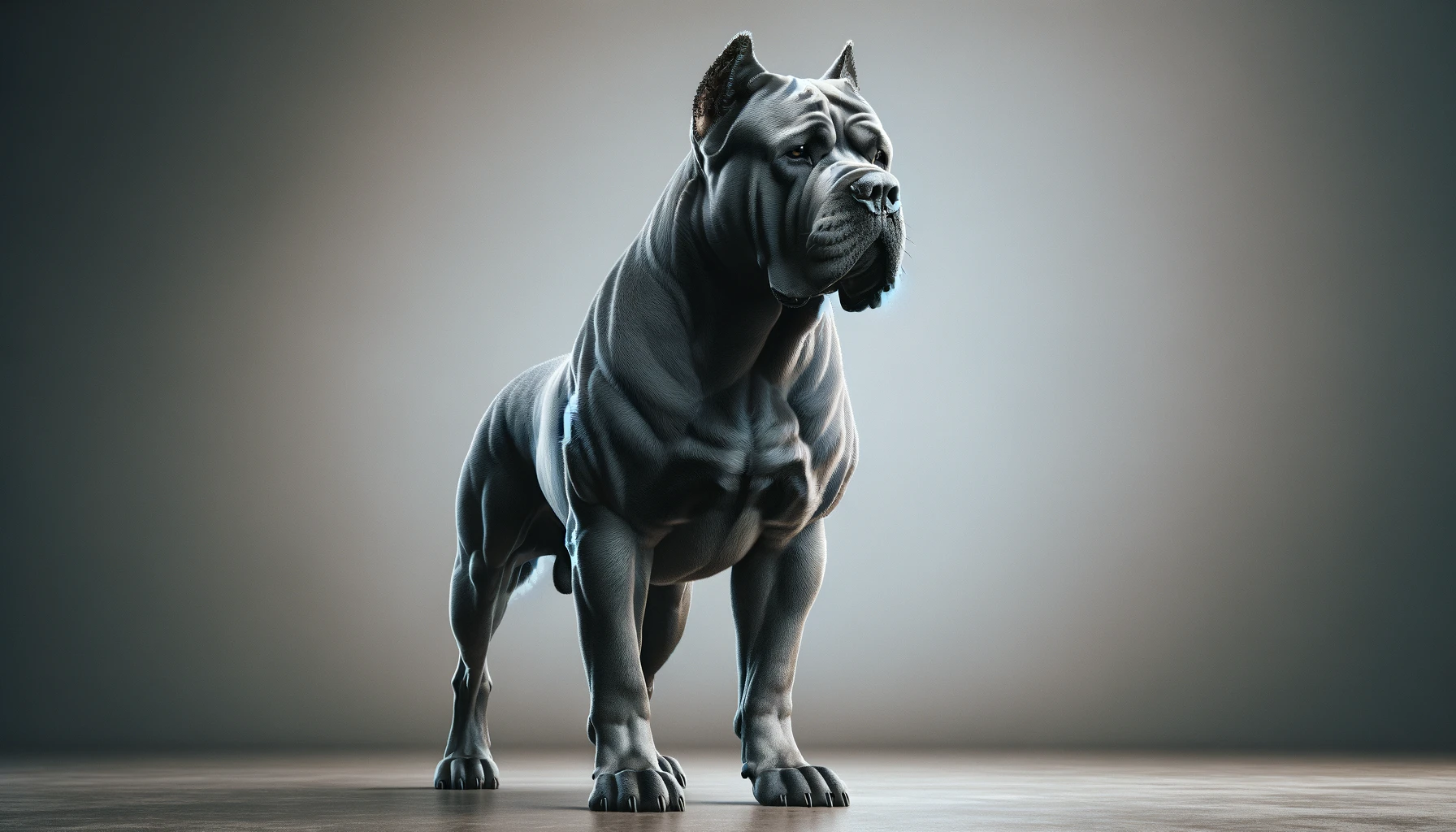
Gray, often referred to as blue due to its bluish tint, is another color recognized in the Cane Corso. This color results from a dilution of the black gene, which softens the black color into a mesmerizing deep gray. The blue Cane Corso is admired for its unique coat which can range from light to dark gray, often shimmering under sunlight. Despite their softer color, blue Corsos maintain the breed’s characteristic alertness and robustness. Owners of blue Cane Corsos may need to pay particular attention to skincare, as this color can be associated with specific dermatological issues.
3. Fawn
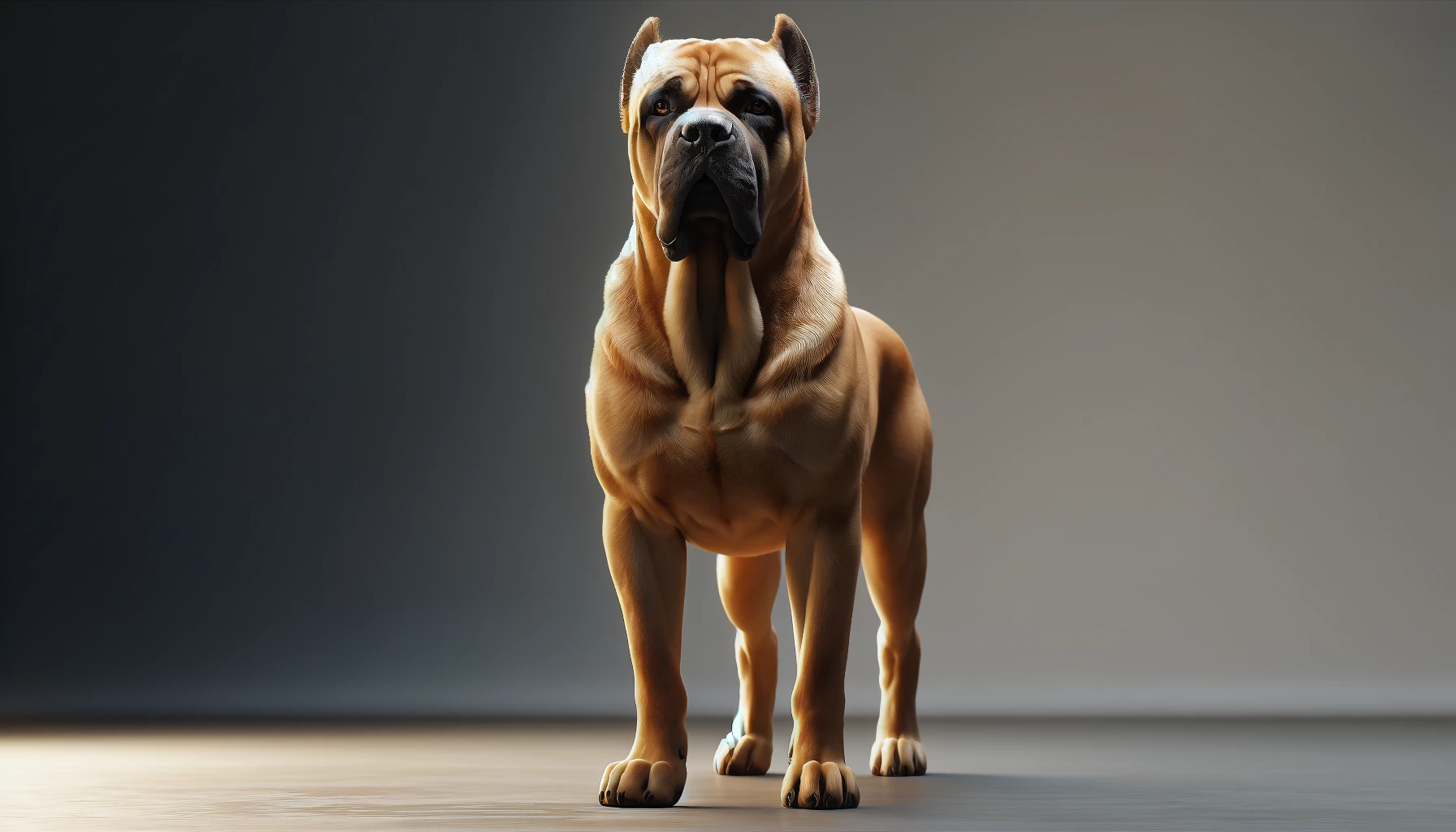
Fawn Cane Corsos range from light tan to deep red and are often accompanied by a black or gray mask that enhances their expressive faces. This color variation is quite popular due to its striking contrast with the darker face, drawing attention to the dog’s eyes and expression. Fawn Corsos are known for their beautiful, warm coats that stand out in both urban and rural settings. The richness of the fawn coloration brings a regal quality to these dogs, highlighting their noble background and dignified demeanor.
4. Red
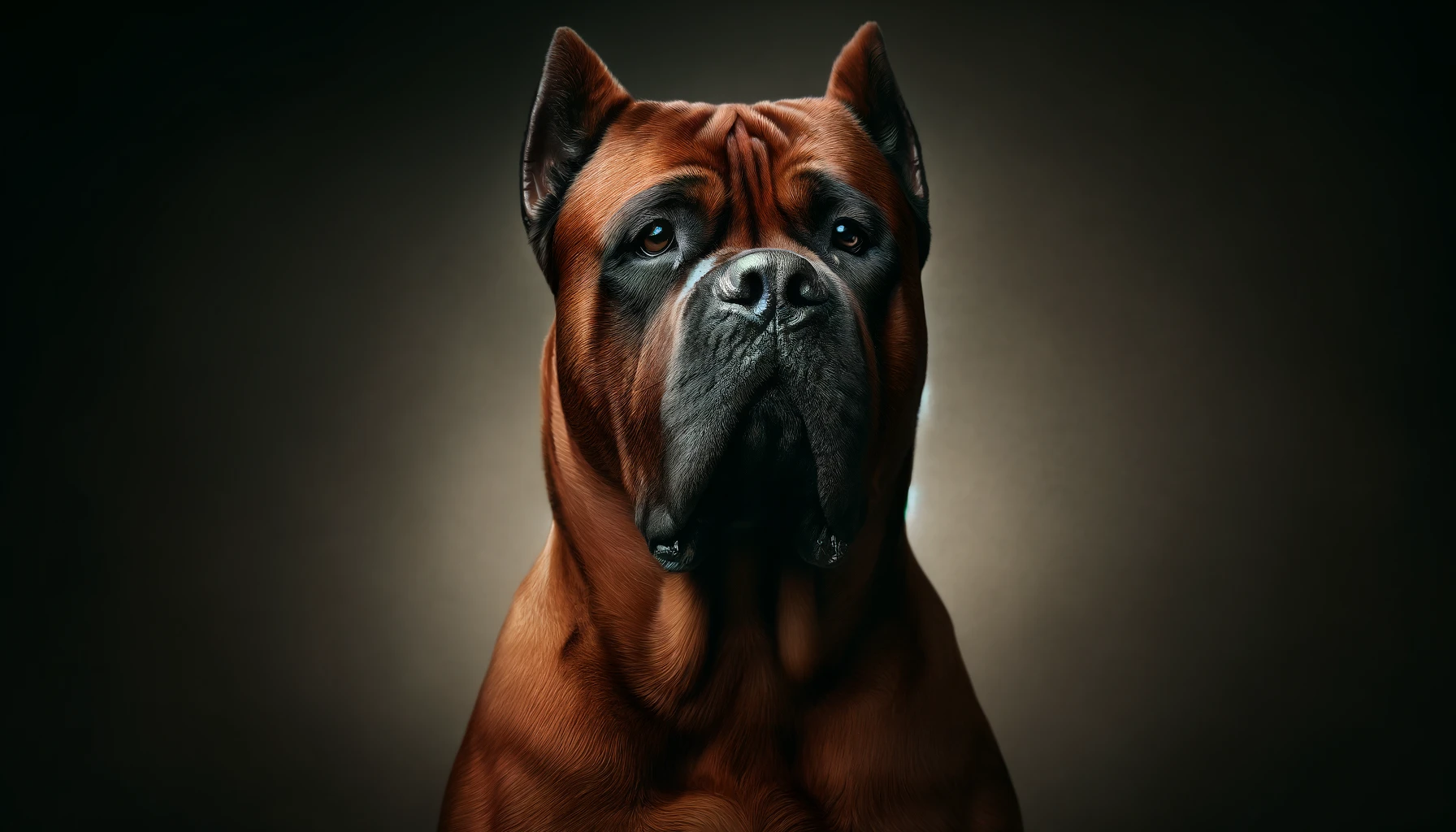
Red Cane Corsos possess a rich, mahogany shade that is both rare and captivating. This vibrant color accentuates the breed’s powerful presence and is often complemented by a black mask, which adds to the intensity of their appearance. Red Corsos can be particularly eye-catching in the sunlight, as their coats gleam with a fiery hue. Like their fawn counterparts, red Cane Corsos are admired for their stunning looks and are a favorite among those looking for a dog with a bold, standout appearance.
5. Brindle
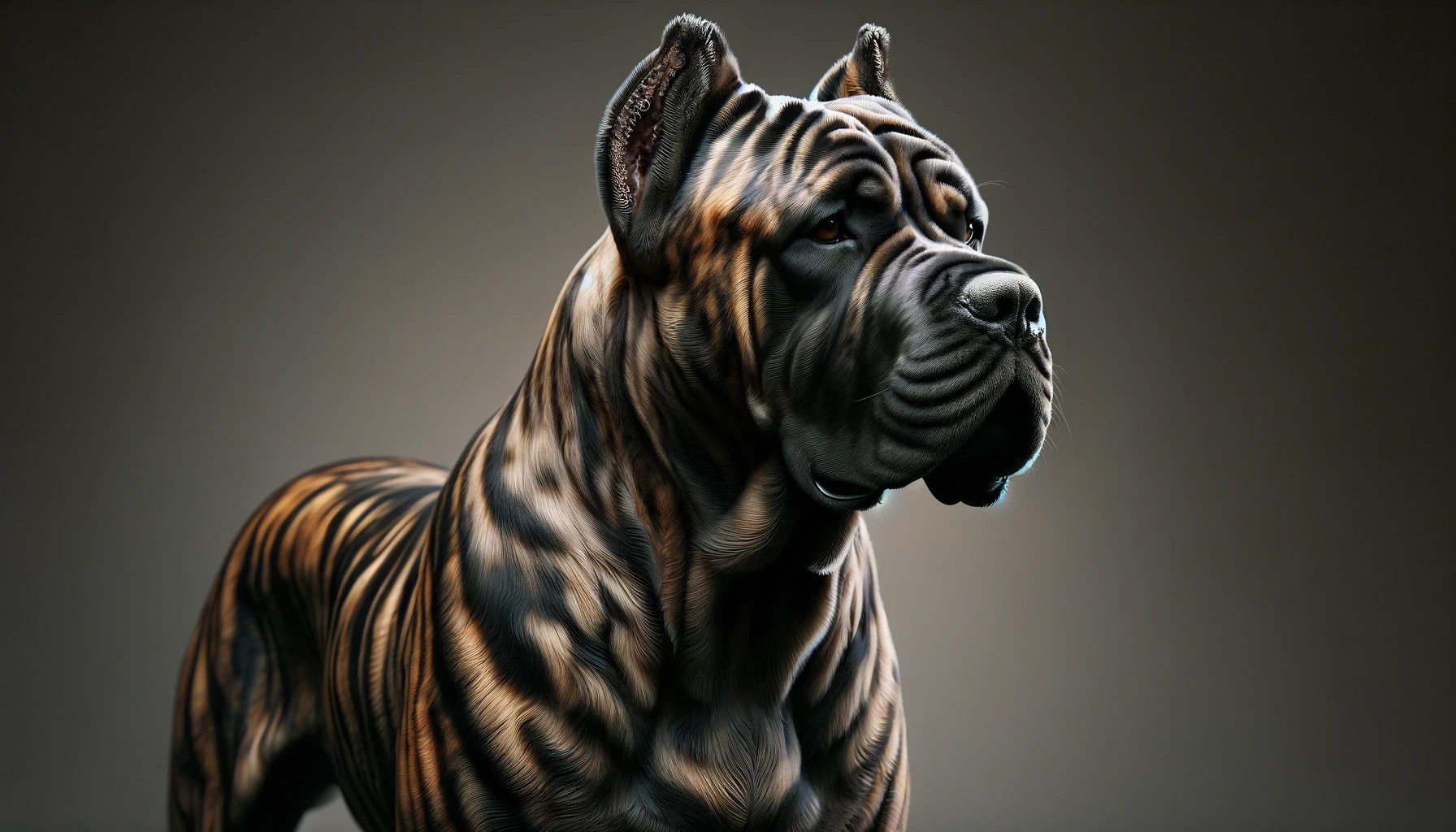
Brindle Cane Corsos feature a mix of black, brown, and tan stripes, giving them a tiger-like camouflage. This pattern is ideal for dogs used in wooded or rural environments, as it helps them blend into natural surroundings. Brindle can vary significantly in appearance, from light, subtle stripes to dark, prominent markings. This color pattern not only provides aesthetic beauty but also historical significance, as it resembles the coats of the breed’s ancient forebears used for hunting and guarding.
6. Chestnut
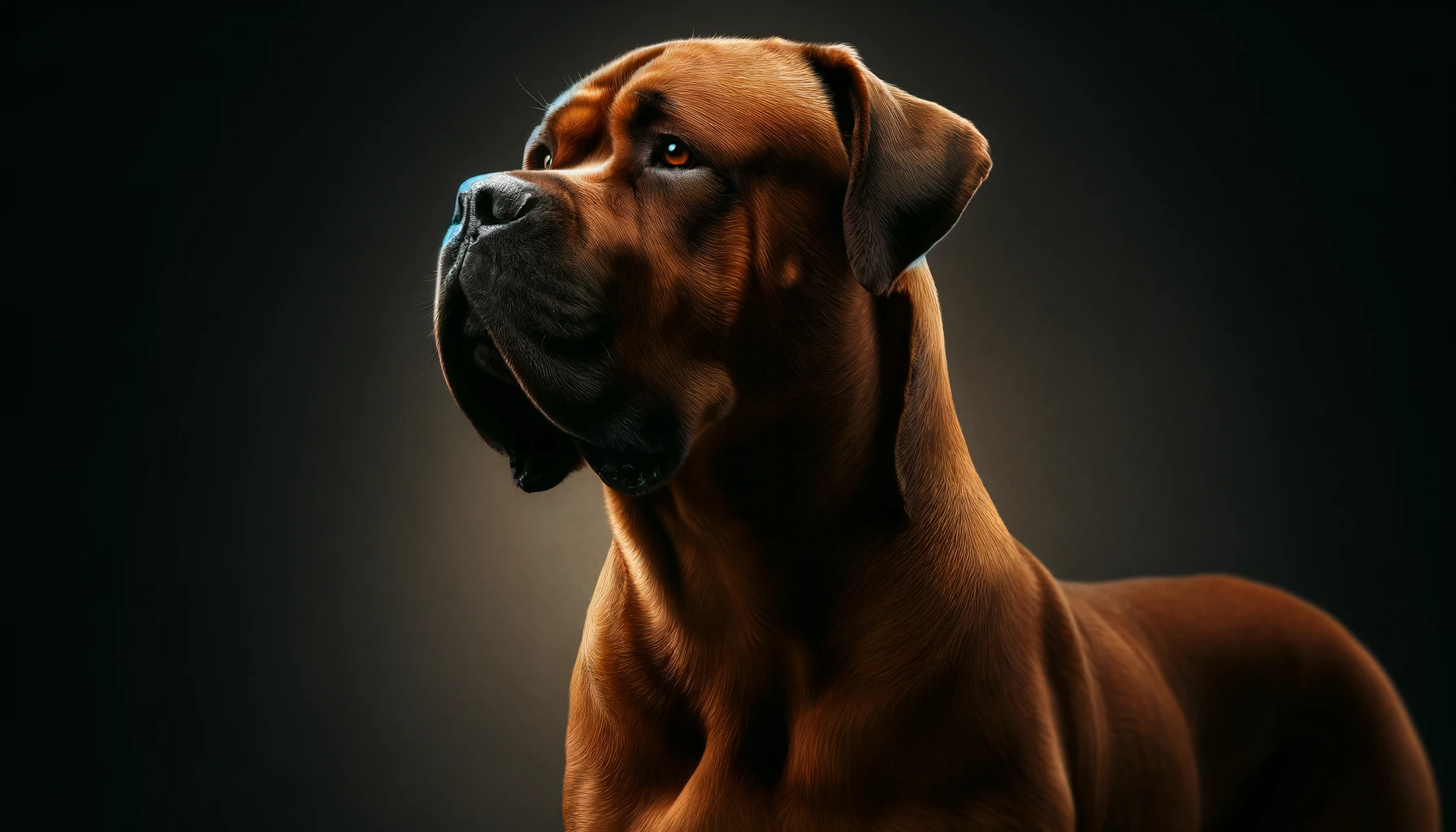
Chestnut is a less common but equally stunning color in Cane Corsos. It resembles the red variation but with a more subdued, earthy tone. Chestnut Corsos often exhibit a deep, rich brown color with hints of red, which can be exceptionally beautiful under natural light. This color tends to highlight the dog’s thoughtful eyes and sturdy build, giving them a distinct appearance that can be a real head-turner during community walks or dog shows.
7. Formentino
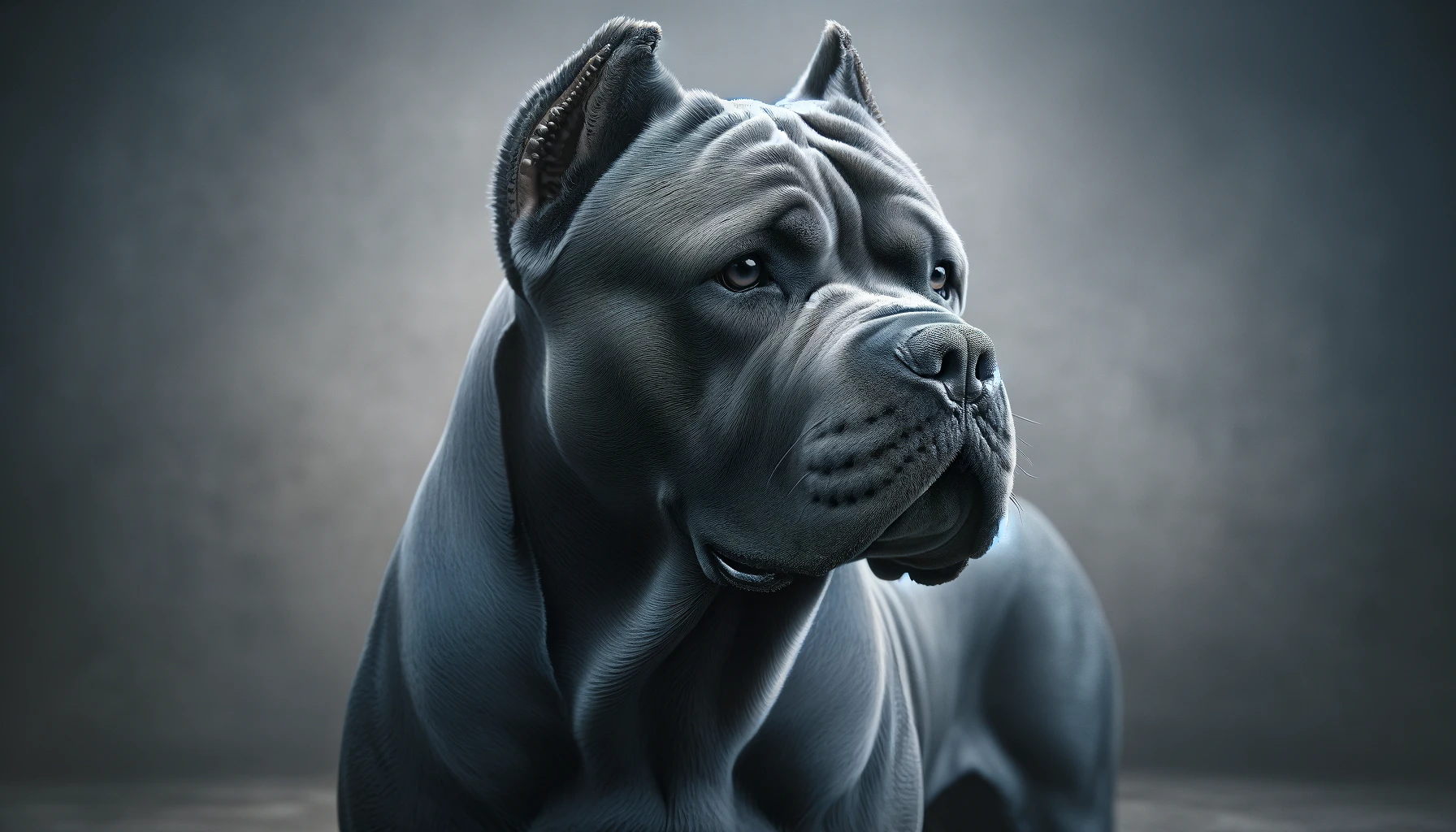
Formentino refers to a shade of dilute fawn that appears almost slate gray or blue and is characterized by a blue-gray mask. This ethereal color is one of the most unusual and visually interesting among Cane Corsos. The formentino coat color gives the dog a mystical appearance, complemented by the breed’s natural solemnity and grace. This color is quite rare and sought after for its unique aesthetic, which differentiates it from the more common shades seen in the breed.
In summary, the Cane Corso presents a fascinating array of coat colors, each adding a layer of depth to the breed’s already impressive persona. From the classic elegance of black and gray to the rare vibrancy of red and formentino, these colors not only enhance the visual appeal of Corsos but also serve functional roles in their work as guard and hunting dogs. Prospective owners and breed enthusiasts appreciate the variety and beauty of these colors, making the Cane Corso a breed celebrated not just for its physical and temperamental strengths but also for its diverse and stunning appearance.
Frequently Asked Questions About Cane Corso Colors
1. What are the most common colors for a Cane Corso?
The most common colors for a Cane Corso are black, gray (often called blue), and fawn. These colors are frequently seen because they are dominant genetically and widely accepted across breed standards. Black Cane Corsos are particularly popular due to their striking appearance and the way their glossy coat highlights the breed’s muscular build. Gray or blue Corsos offer a unique look with their diluted black coats giving a shimmering silver-gray sheen. Fawn, ranging from a light tan to a deeper red shade, is admired for the beautiful contrast it creates with the dog’s darker mask, emphasizing their expressive eyes. These colors are not only prevalent but are also highly favored in breeding circles for their traditional appeal and alignment with the historical look of the breed.
2. Is the color white accepted in the Cane Corso breed standard?
White is not a standard color for the Cane Corso and is generally not accepted in breed standards set by major kennel clubs. While some Cane Corsos may have small white patches, typically on the chest, toes, or chin, a predominantly white coat is highly unusual and not desirable from a breed standard perspective. This is due to the strong historical breeding preferences for darker, more uniform colors that enhance the dog’s camouflage and working abilities. Furthermore, extensive white coloring can be associated with health issues, such as deafness, which is linked to the lack of pigment in the skin and hair cells, similar to concerns seen in other breeds.
3. Can Cane Corsos have a merle coat?
Merle is not a recognized or natural color pattern for the Cane Corso. The merle pattern, which involves mottled patches of color in the coat, is typically associated with specific breeds where the pattern is genetically possible, such as Australian Shepherds or Collies. If a Cane Corso exhibits a merle pattern, it may suggest crossbreeding or a genetic anomaly. Breed purists and kennel clubs generally do not accept merle as a standard or desirable pattern due to these implications and the potential health issues linked with the merle gene, such as vision and hearing problems.
4. What does a “brindle” Cane Corso look like?
A brindle Cane Corso exhibits a coat pattern consisting of irregular streaks of dark color over a lighter base color, which can range from tan to a more golden or reddish hue. This tiger-stripe pattern provides excellent camouflage in natural settings, reflecting the breed’s historical use as a guardian and hunter. Brindle can vary widely in intensity and distribution, from subtle stripes to bold, thick markings that cover most of the body. This coloration is highly valued for its aesthetic appeal and its ties to the rustic, working-dog heritage of the Cane Corso.
5. How does coat color impact the health of a Cane Corso?
Coat color in Cane Corsos can sometimes be linked to specific health issues, although color alone is not a direct cause of health problems. For example, dogs with lighter colors or unpigmented skin under white fur may be more susceptible to skin cancer and sunburn. Additionally, some color patterns like the rare blue or gray can be associated with a genetic condition known as Color Dilution Alopecia, which can cause thinning fur and skin issues. Responsible breeding practices are crucial to minimize these risks by ensuring that the focus remains on the overall health and genetics of the dogs, not just their color.
6. What are “reverse brindle” and “sealed brindle” in Cane Corsos?
Reverse brindle and sealed brindle are terms used to describe variations in the typical brindle pattern where the dark color is more predominant than the lighter background color. In reverse brindle, the dark stripes are so extensive that the coat appears to be almost solid dark with lighter brindle markings. Sealed brindle, often just called black brindle, appears nearly black due to the overwhelming presence of dark stripes. These variations are still within the brindle family but offer a much darker, almost monolithic appearance that can be particularly striking.
7. Are there any color restrictions for Cane Corsos in competitive showing?
In competitive showing, Cane Corsos are subject to breed standards that may include color restrictions. Generally, accepted colors include black, various shades of gray and fawn, and brindle patterns. Colors such as solid white, merle, and excessive white markings are not typically allowed as they do not conform to the traditional breed appearance. These standards help maintain the uniformity and heritage of the breed in competitive environments, ensuring that the dogs represent the historical and functional aspects of the Cane Corso lineage.
8. What is a “Formentino” coat in a Cane Corso?
A Formentino coat in a Cane Corso refers to a dilute fawn coloration where the typical fawn is softened to a muted gray or blue tone, accompanied by a blue-gray nose and mask. This ethereal color is one of the rarer and more distinctive shades found in the breed, adding a mystical allure to the dog’s presence. The Formentino’s striking appearance is not just a color variant but a testament to the diverse genetic palette of the Cane Corso, making it a prized and sought-after color among enthusiasts and breeders alike.
9. Can Cane Corsos have black and tan coloring?
Black and tan is not a recognized or typical coloration for Cane Corsos. This specific pattern, characterized by a black base coat with tan markings typically found on the eyebrows, cheeks, chest, and legs, is common in other breeds like Doberman Pinschers or Rottweilers. If a Cane Corso exhibits this pattern, it may indicate mixed breed ancestry. Purebred Cane Corsos typically display more uniform coat colors without the distinct tan markings associated with the black and tan pattern.
Learn More About the Cane Corso Dog Breed: Information, Facts & Pictures
10. How do genetics determine the coat color of a Cane Corso?
Genetics play a crucial role in determining the coat color of a Cane Corso. The color of a puppy’s coat is the result of a combination of genes inherited from both parents. These genes dictate the presence and distribution of pigments such as eumelanin (black or brown) and pheomelanin (red or yellow). Dominant and recessive genes interact to produce the various colors and patterns seen in the breed, including the dilution gene that leads to gray or blue coats, or the genes responsible for brindle patterns. Understanding these genetic factors is essential for breeders aiming to predict the color outcomes of breeding pairs, ensuring adherence to breed standards and maintaining genetic diversity within the breed.
 Toledo, United States.
Toledo, United States.